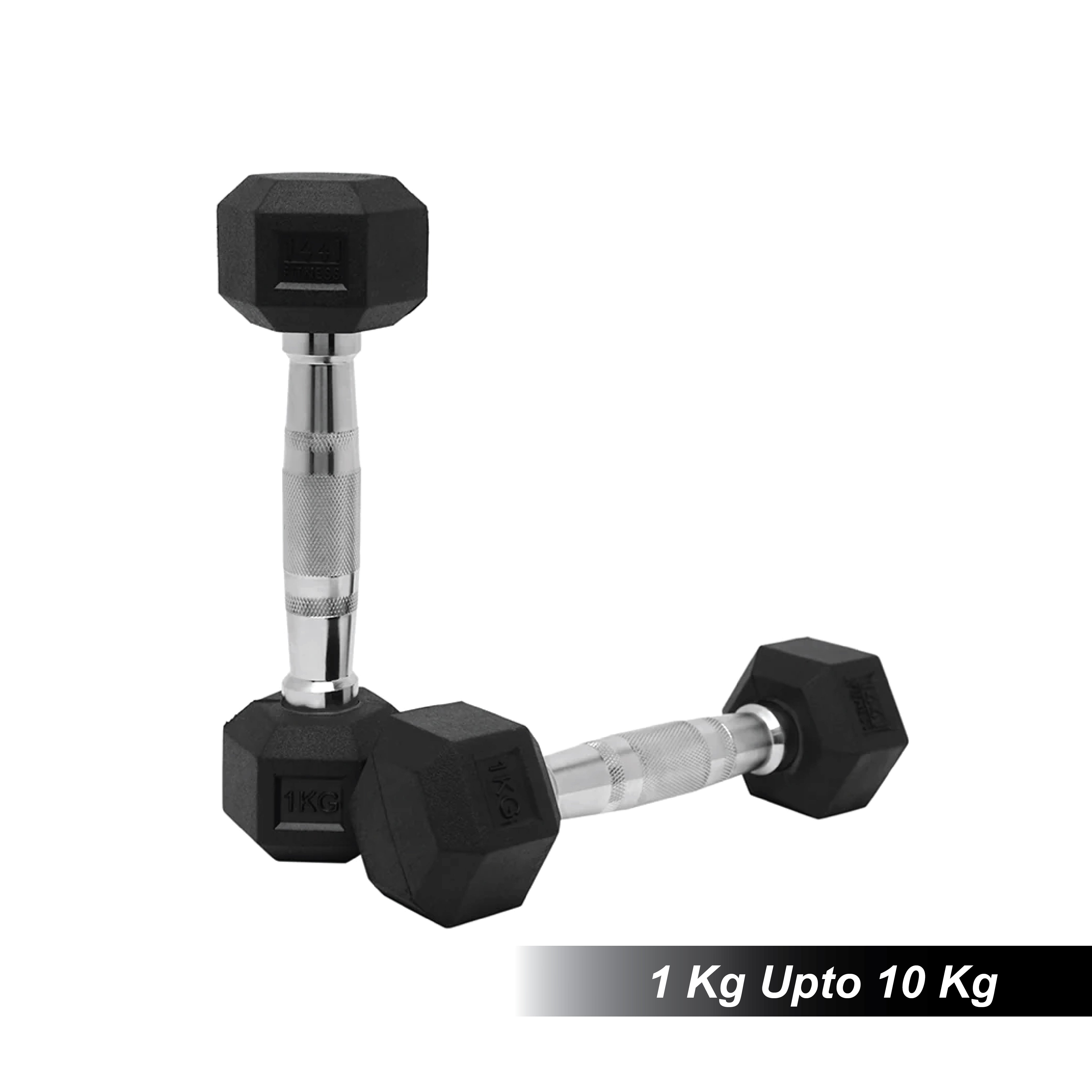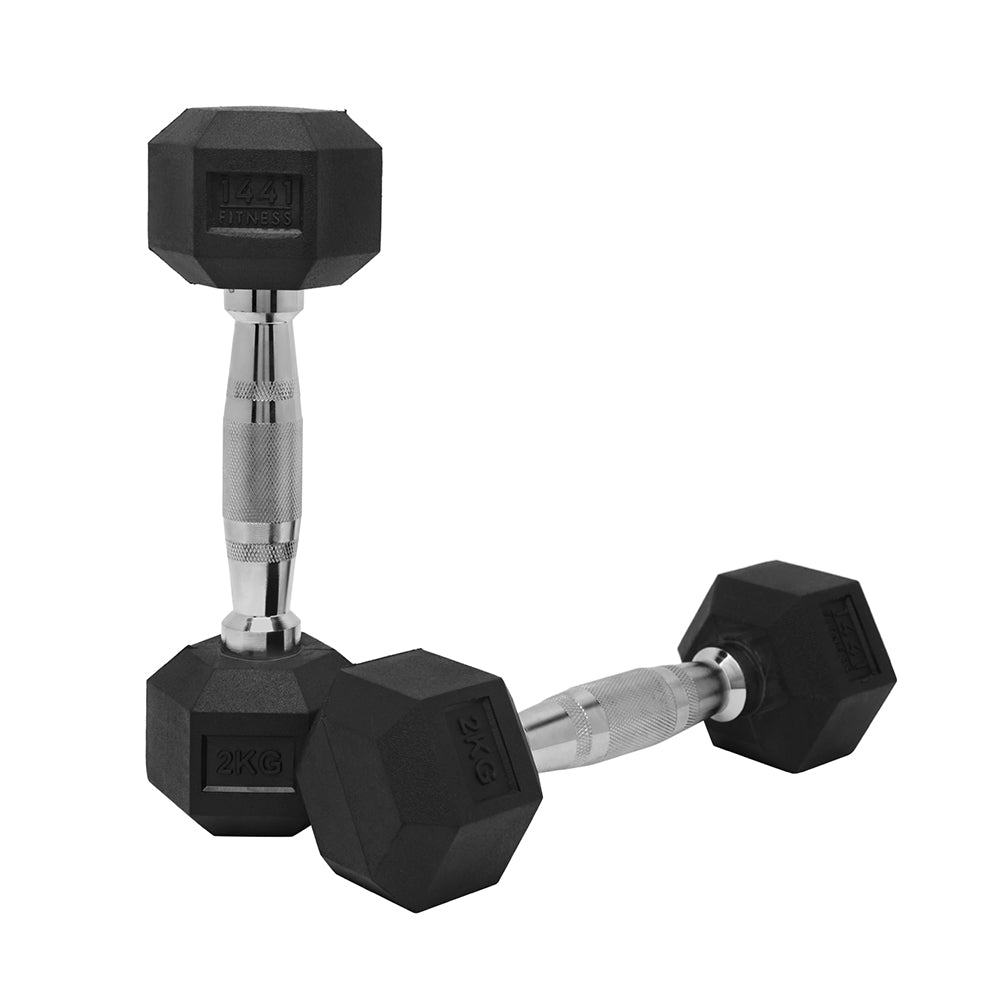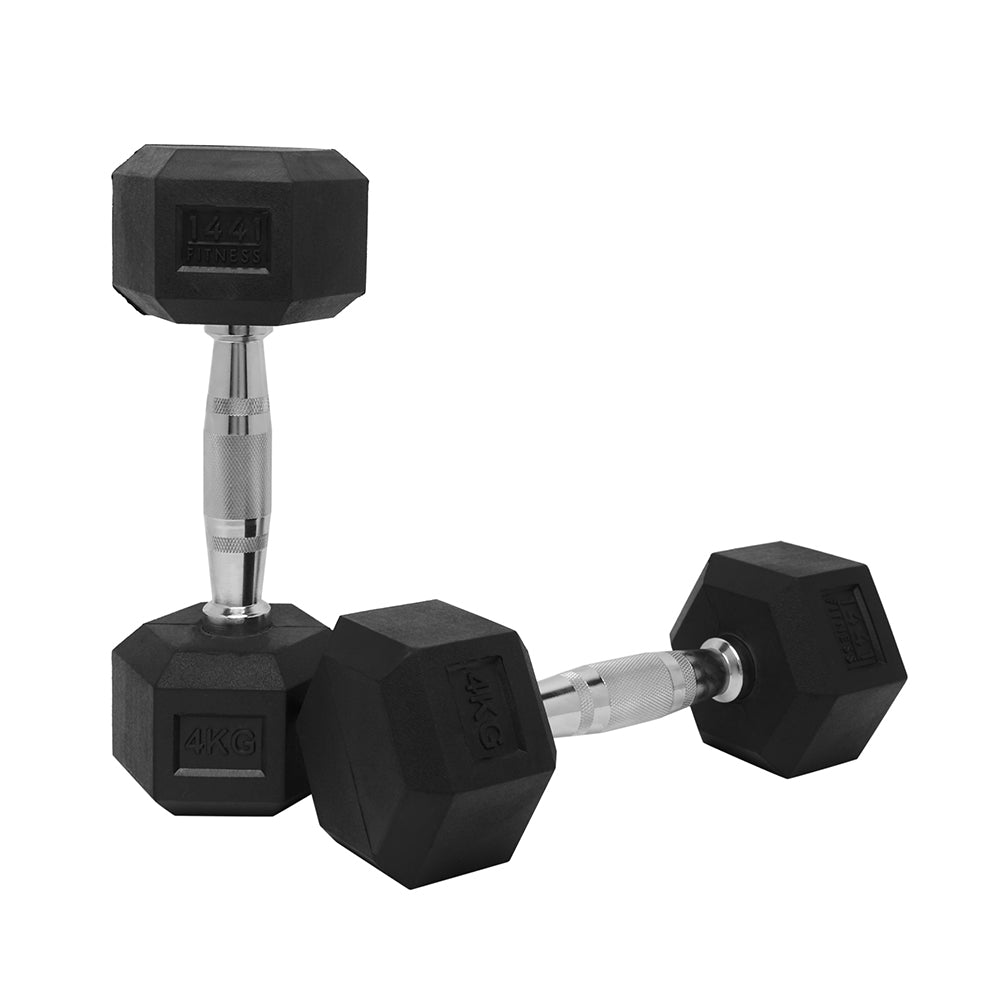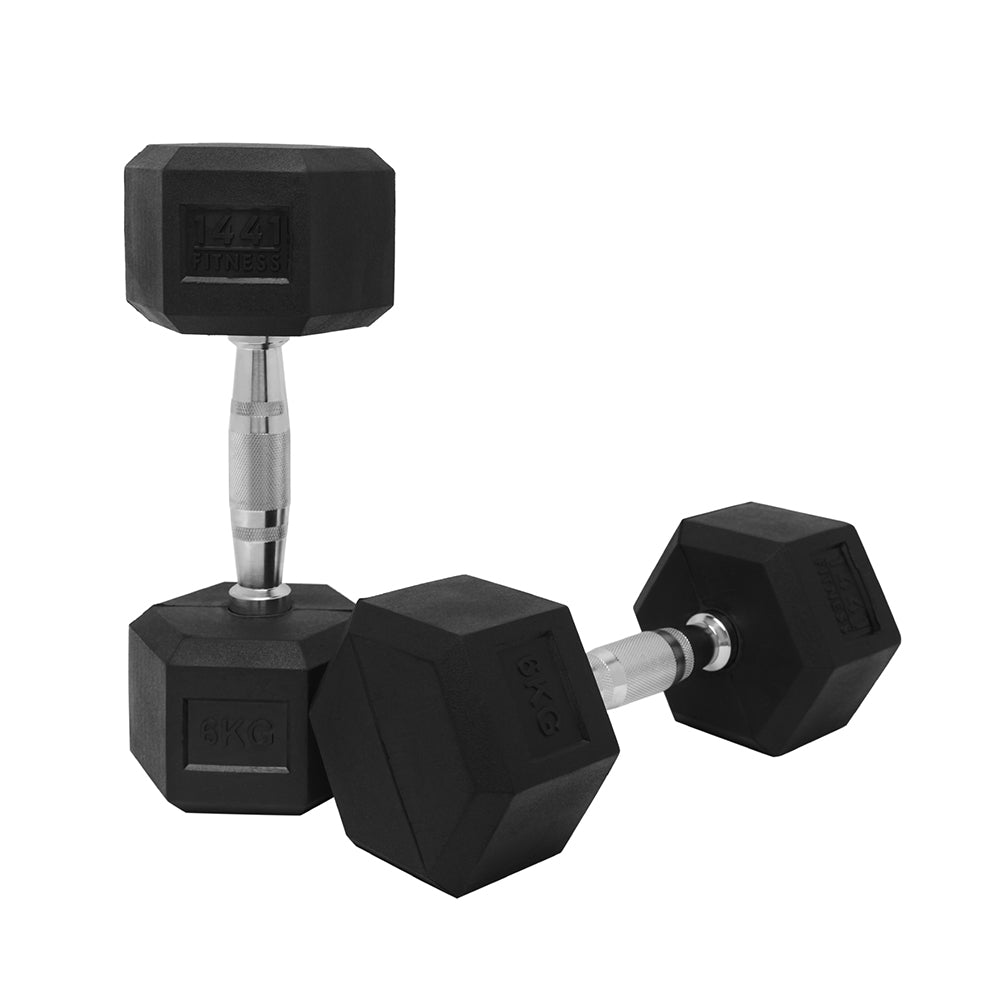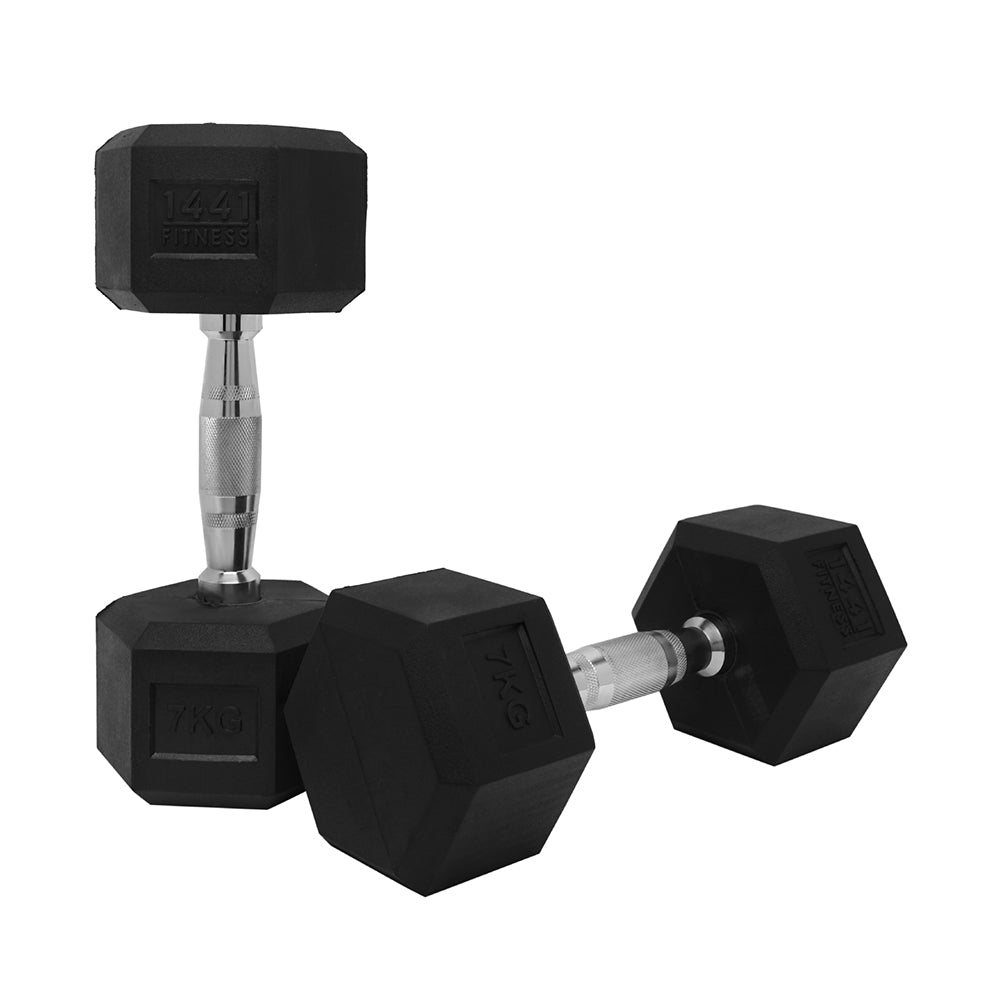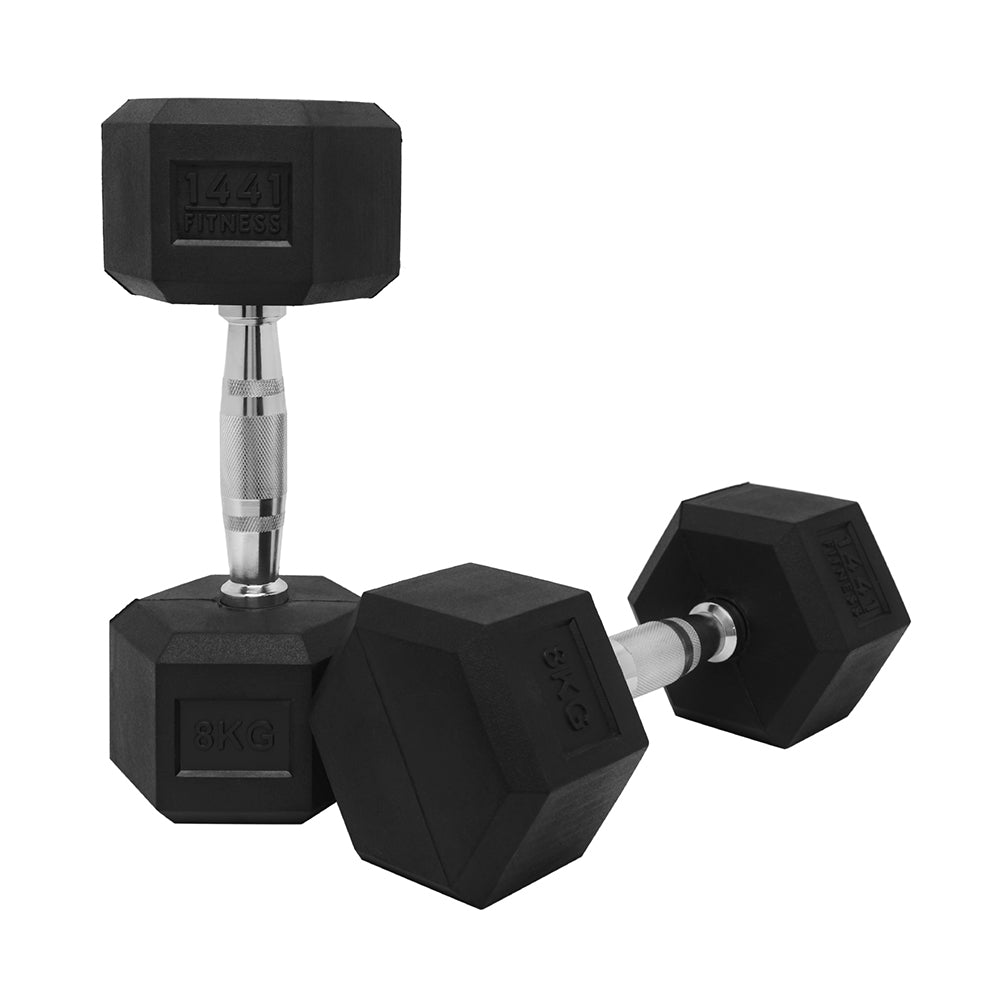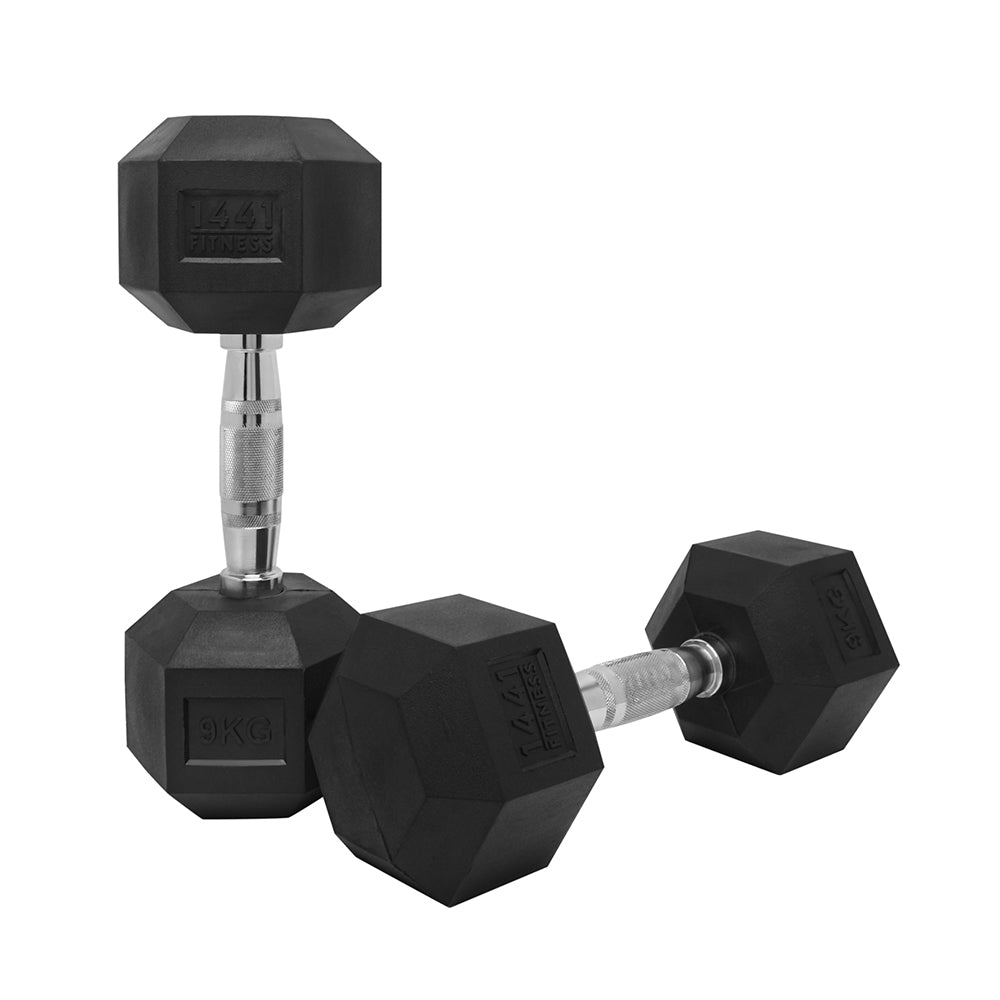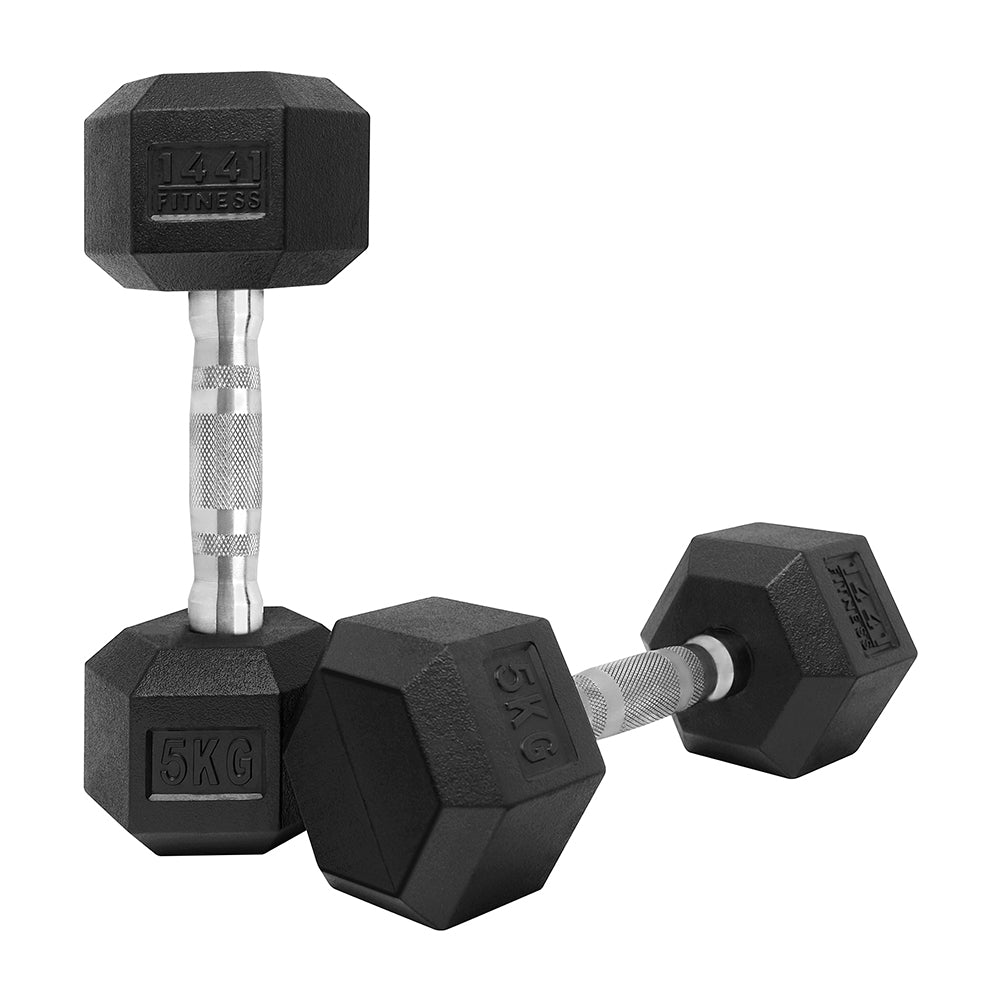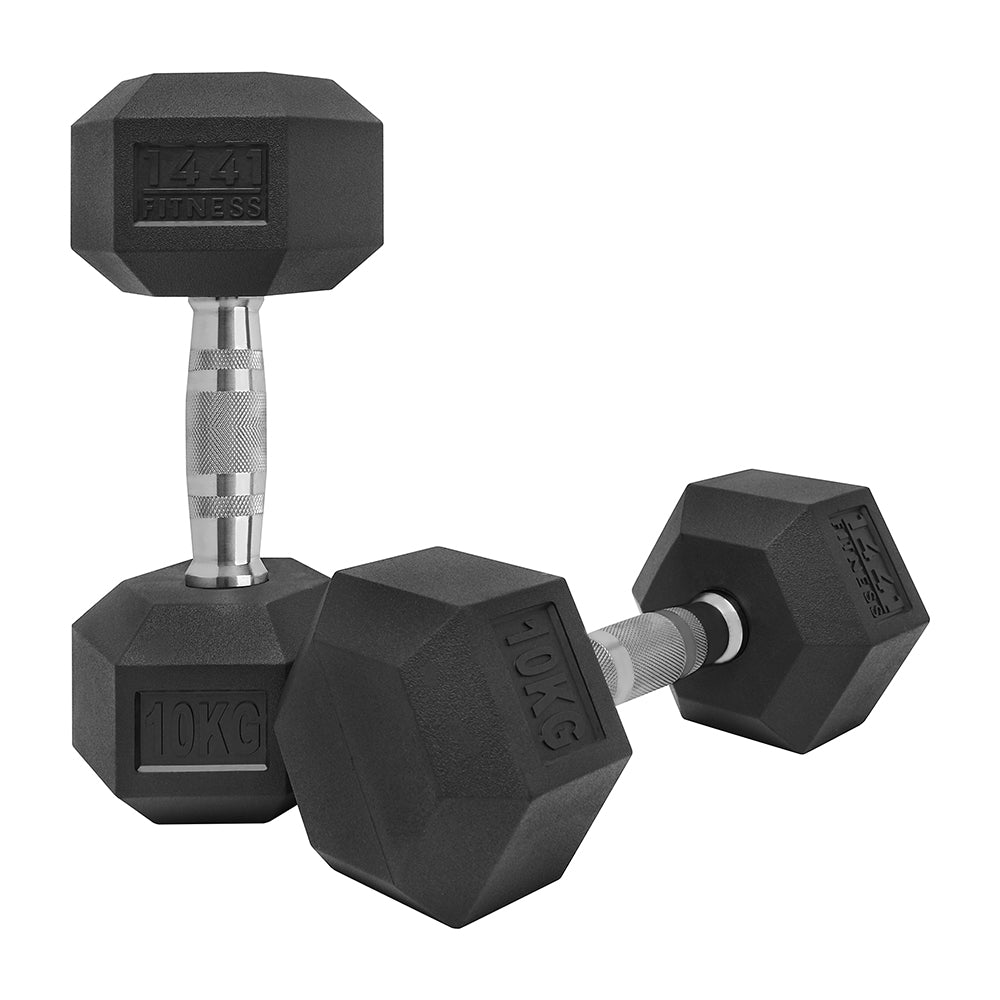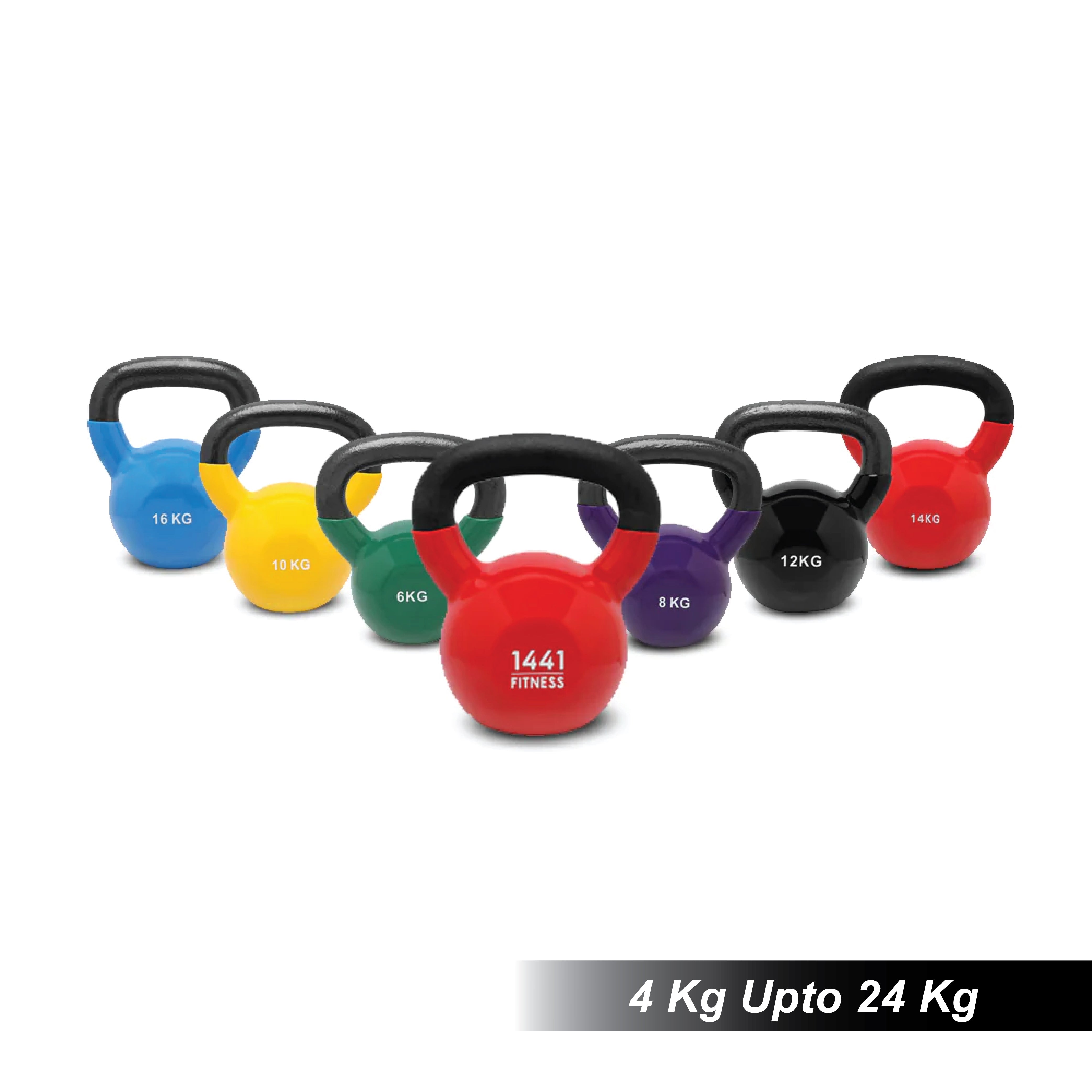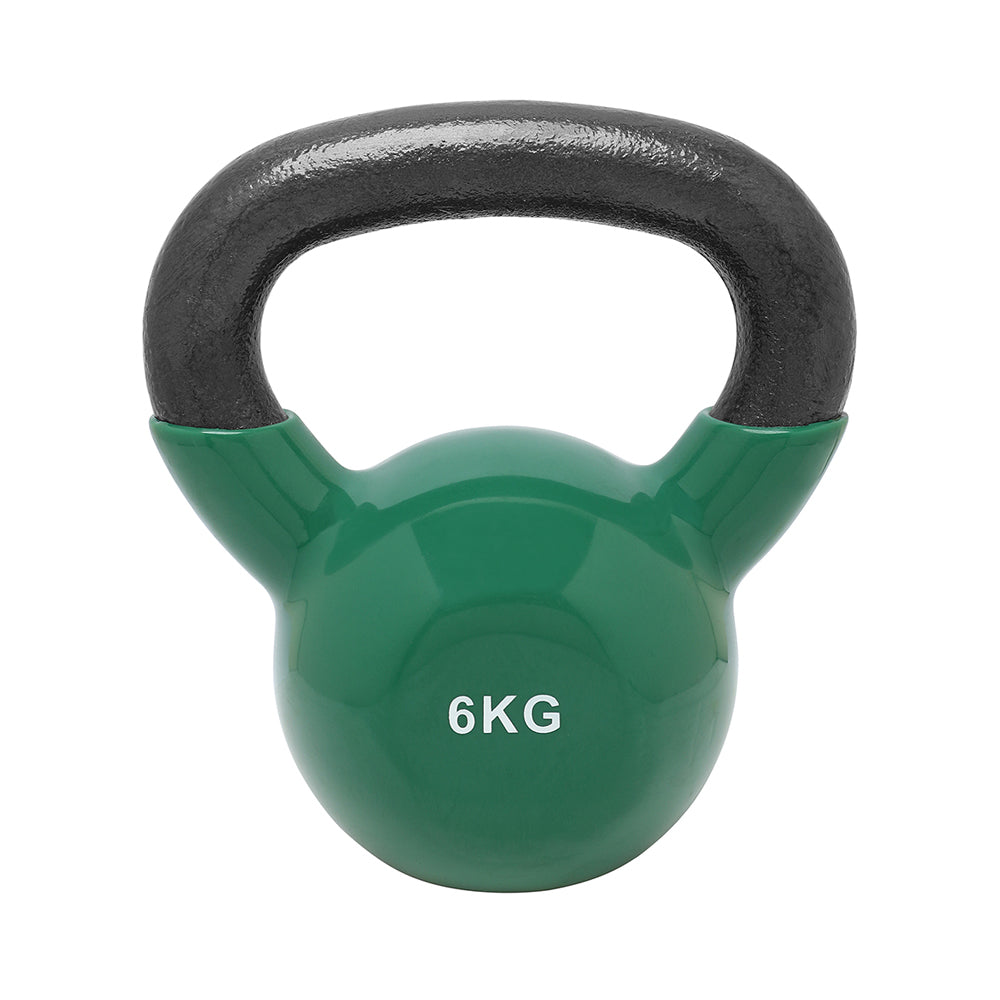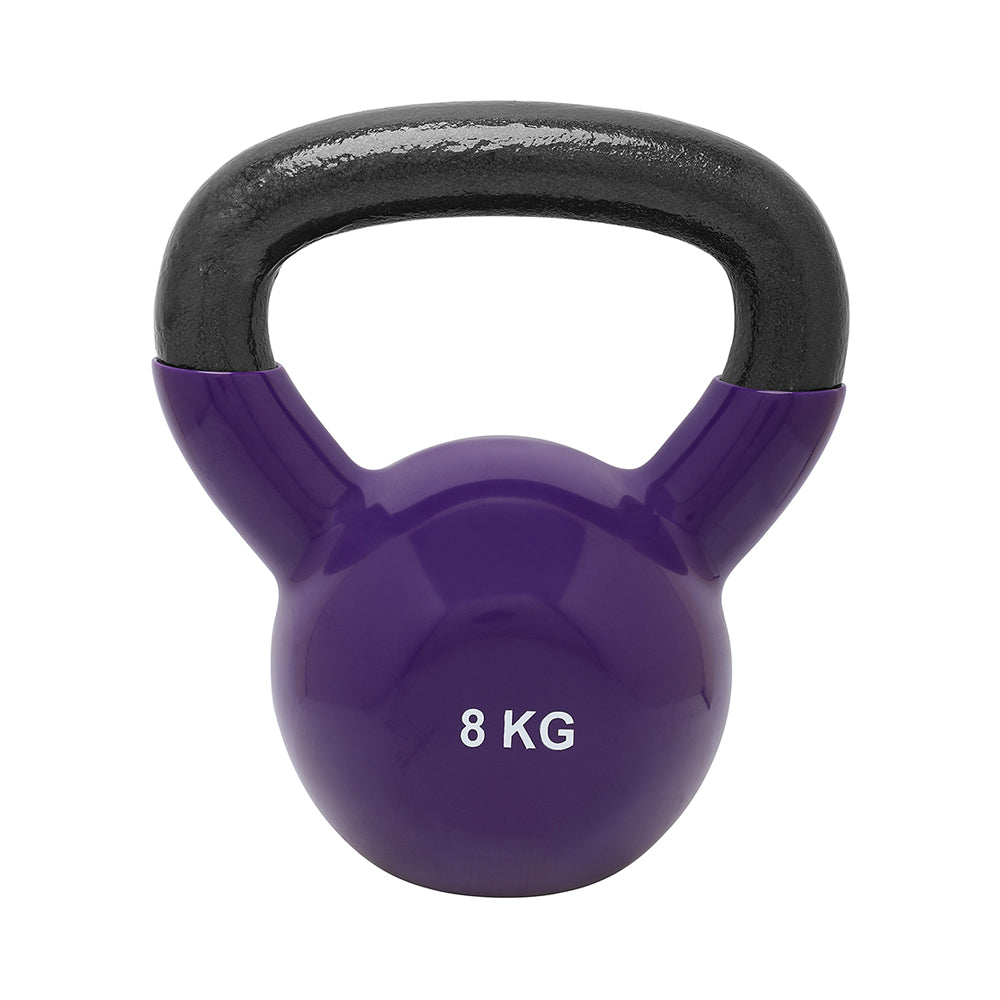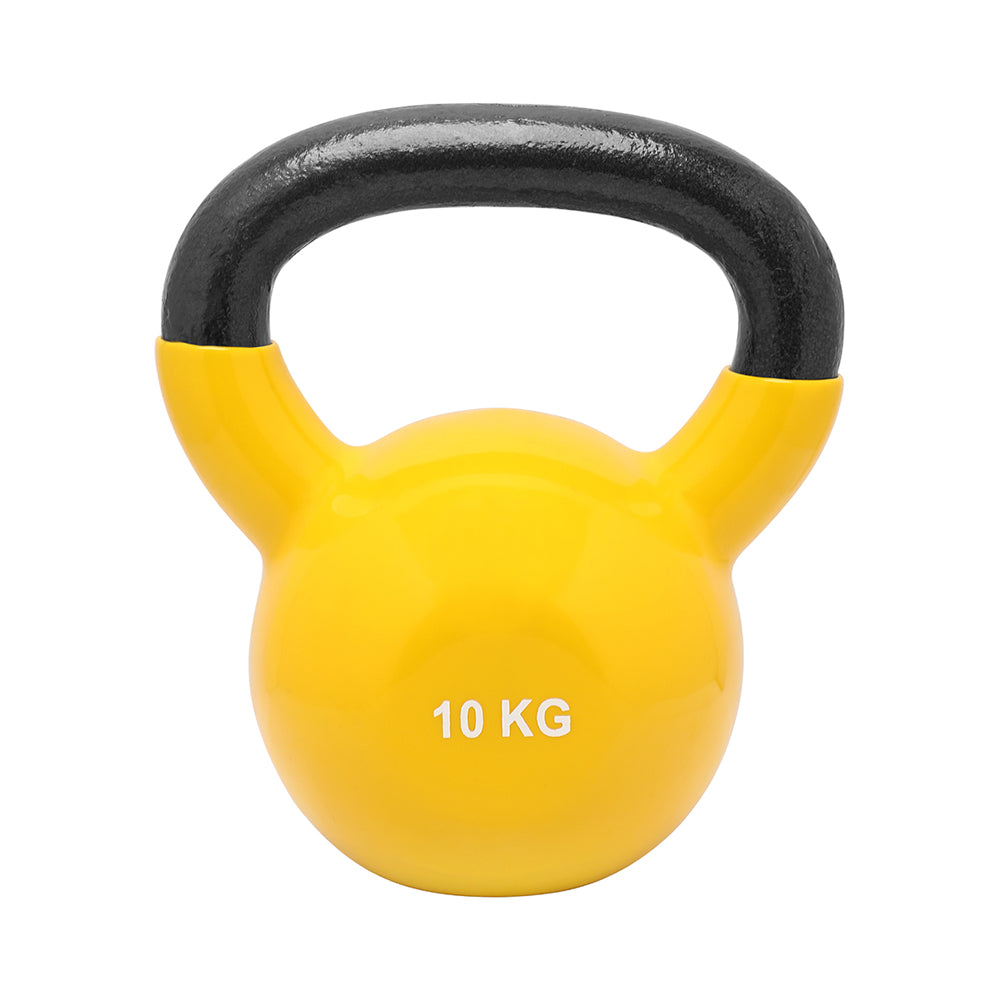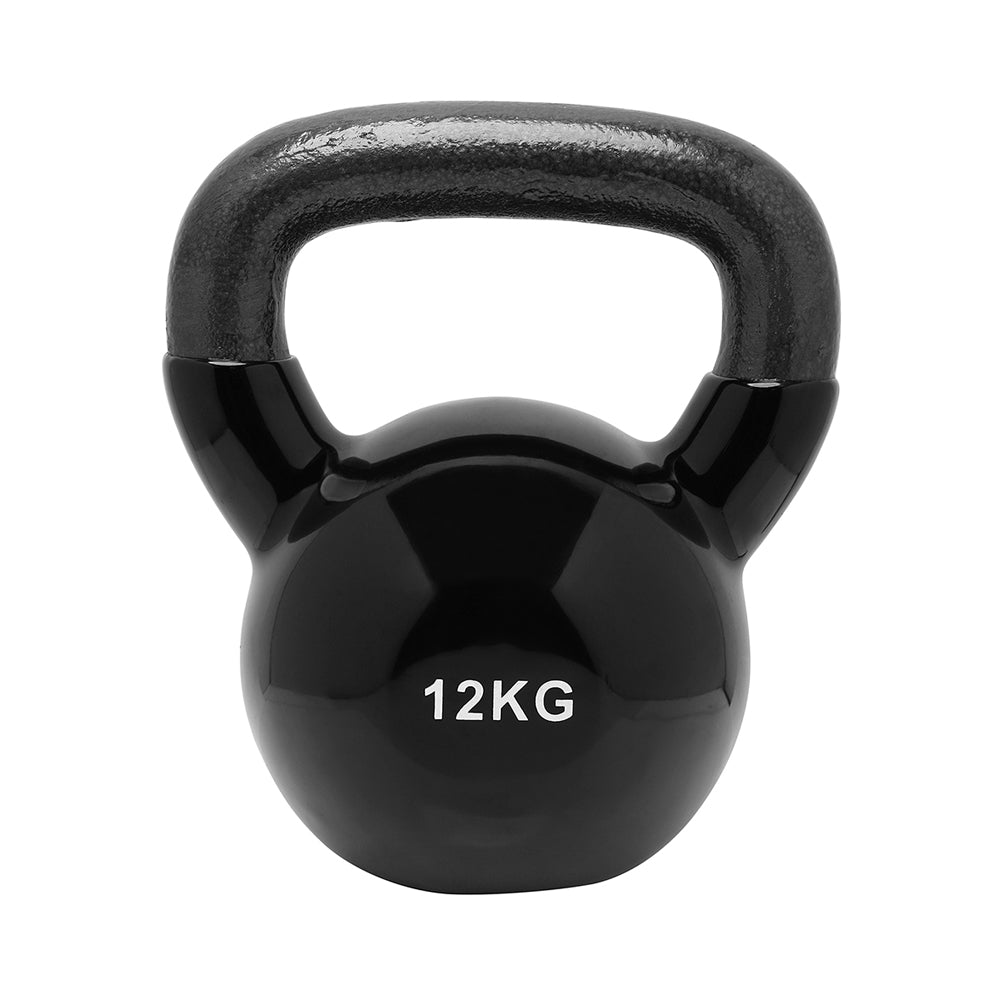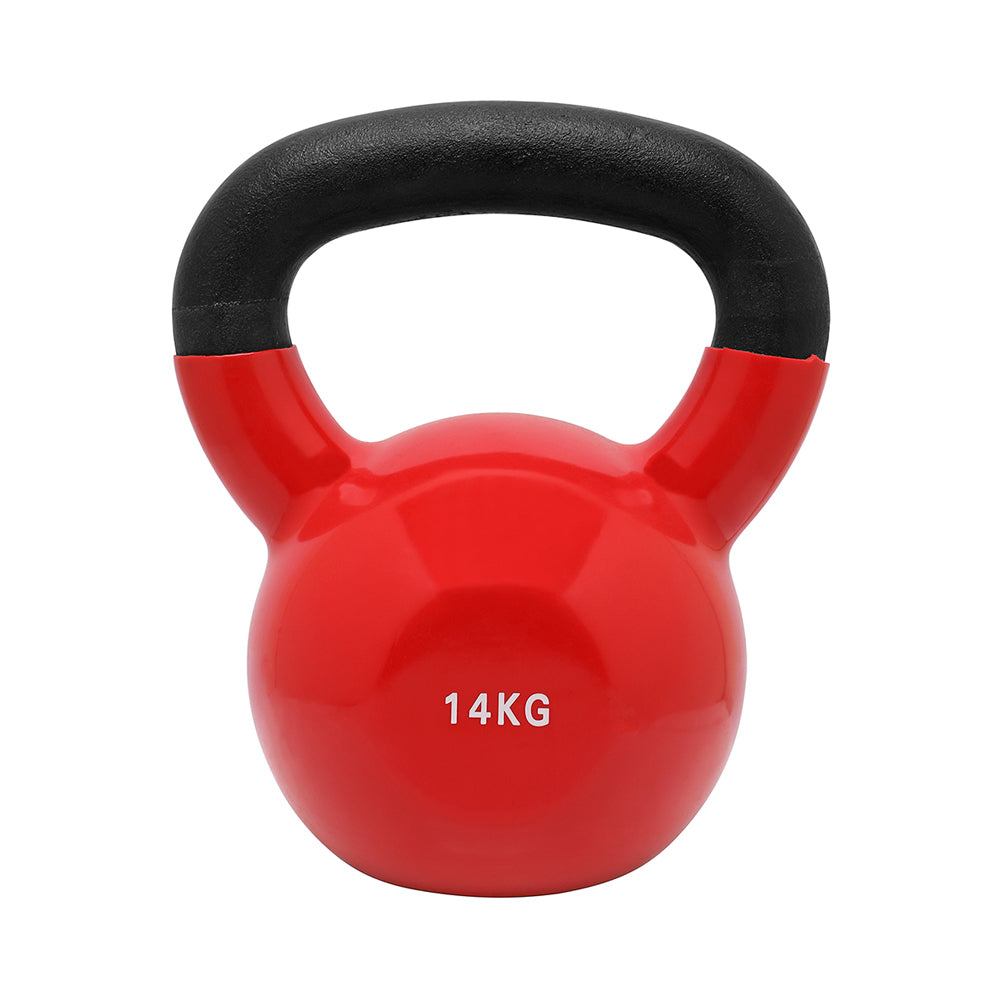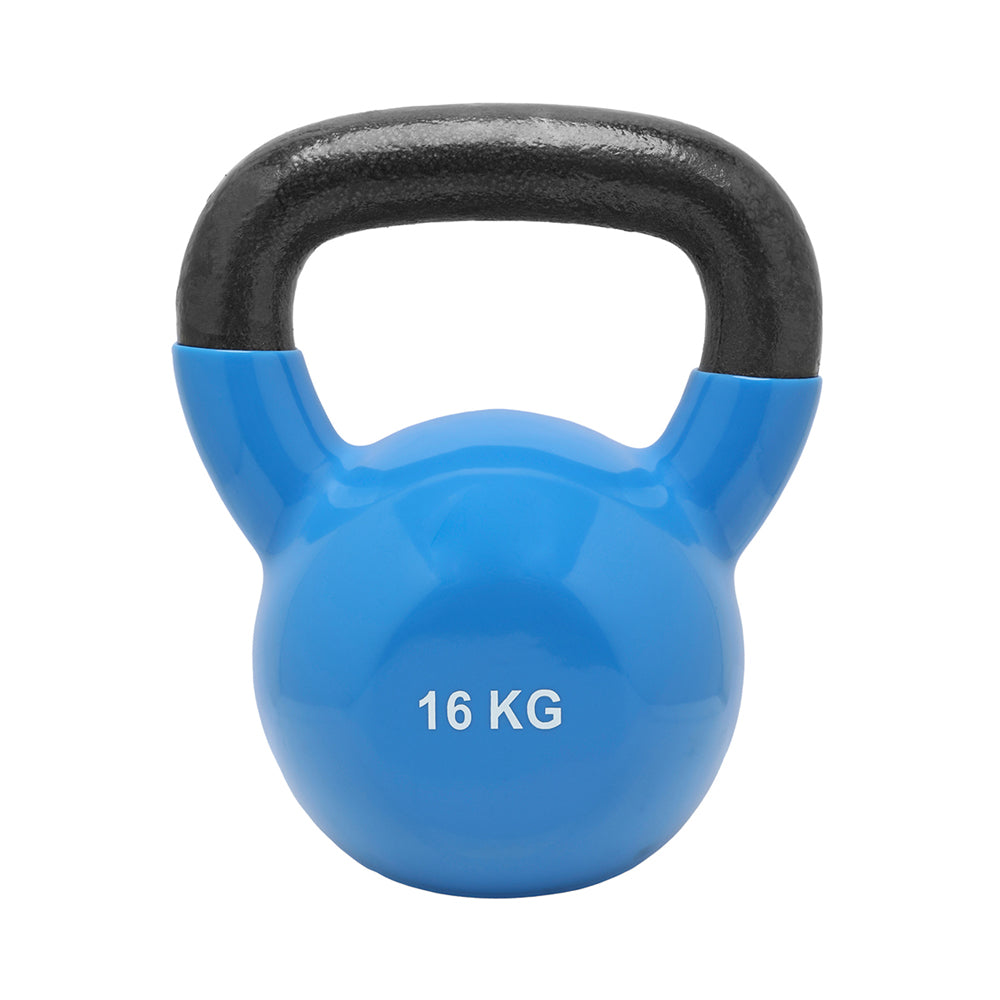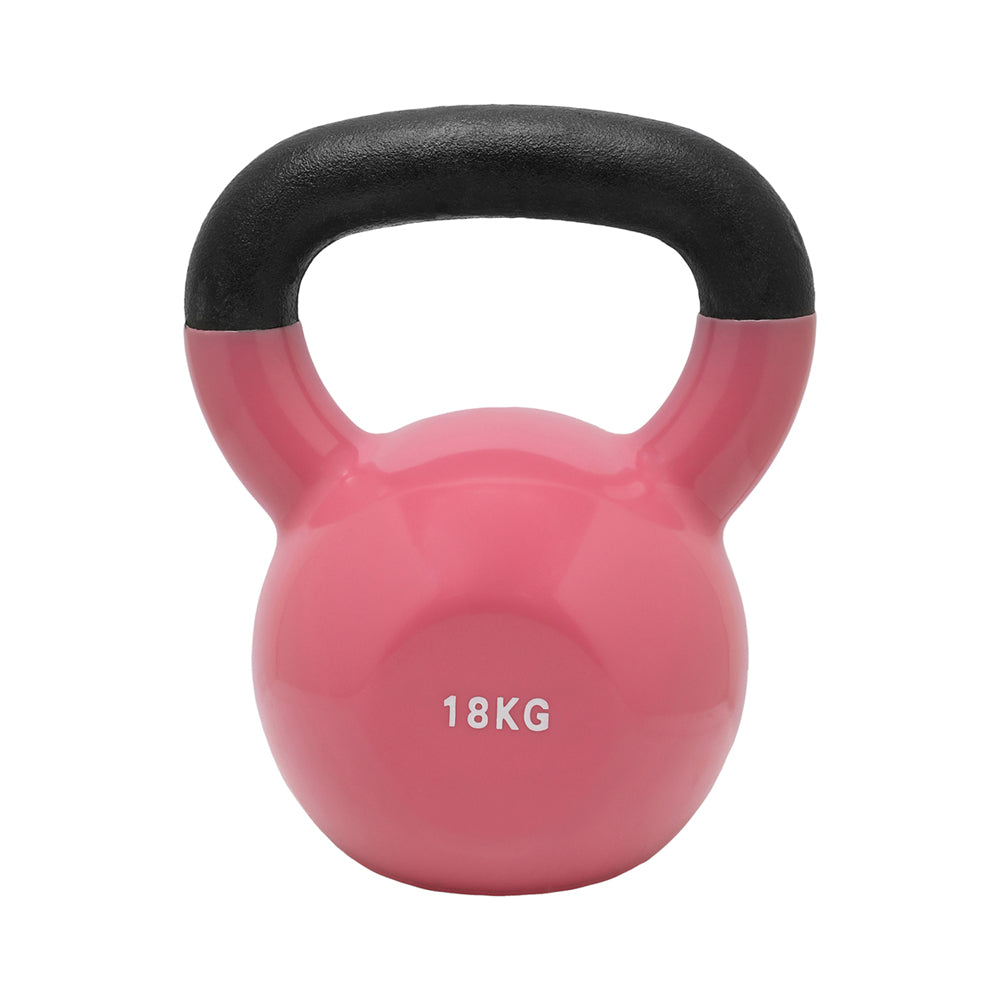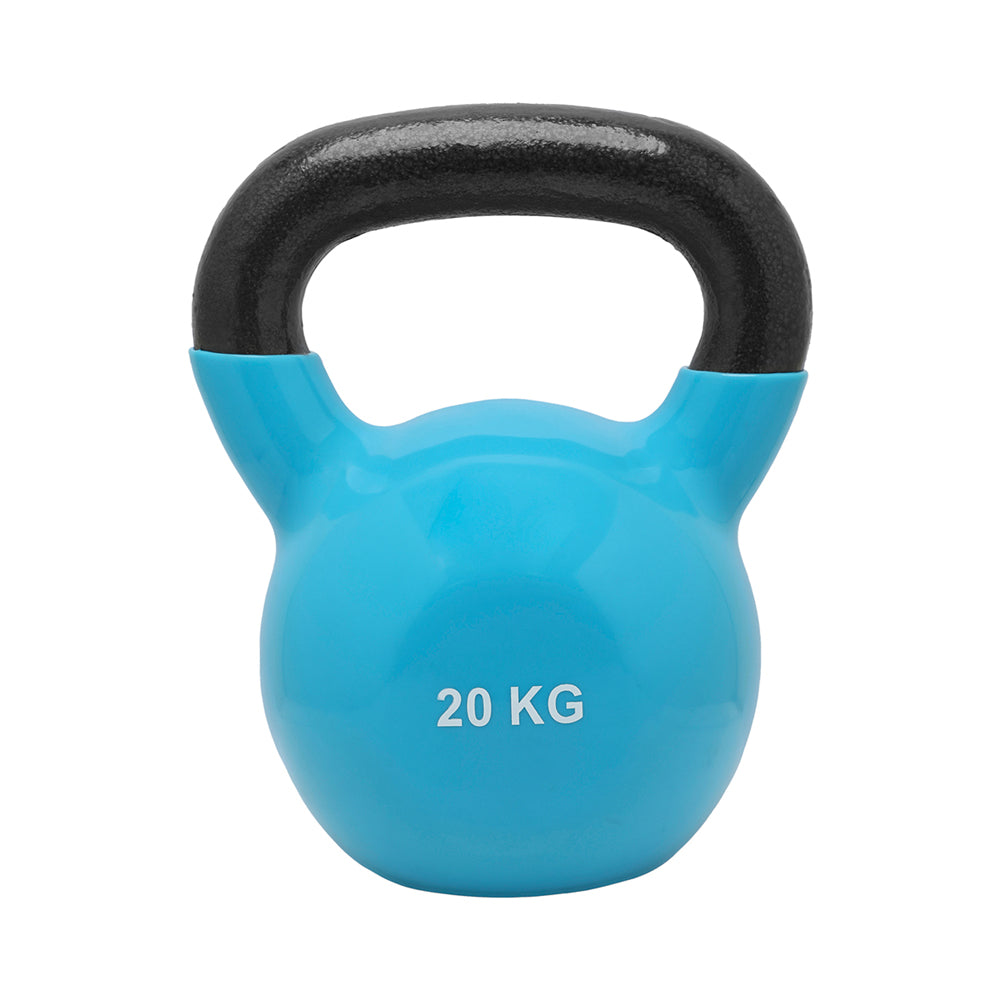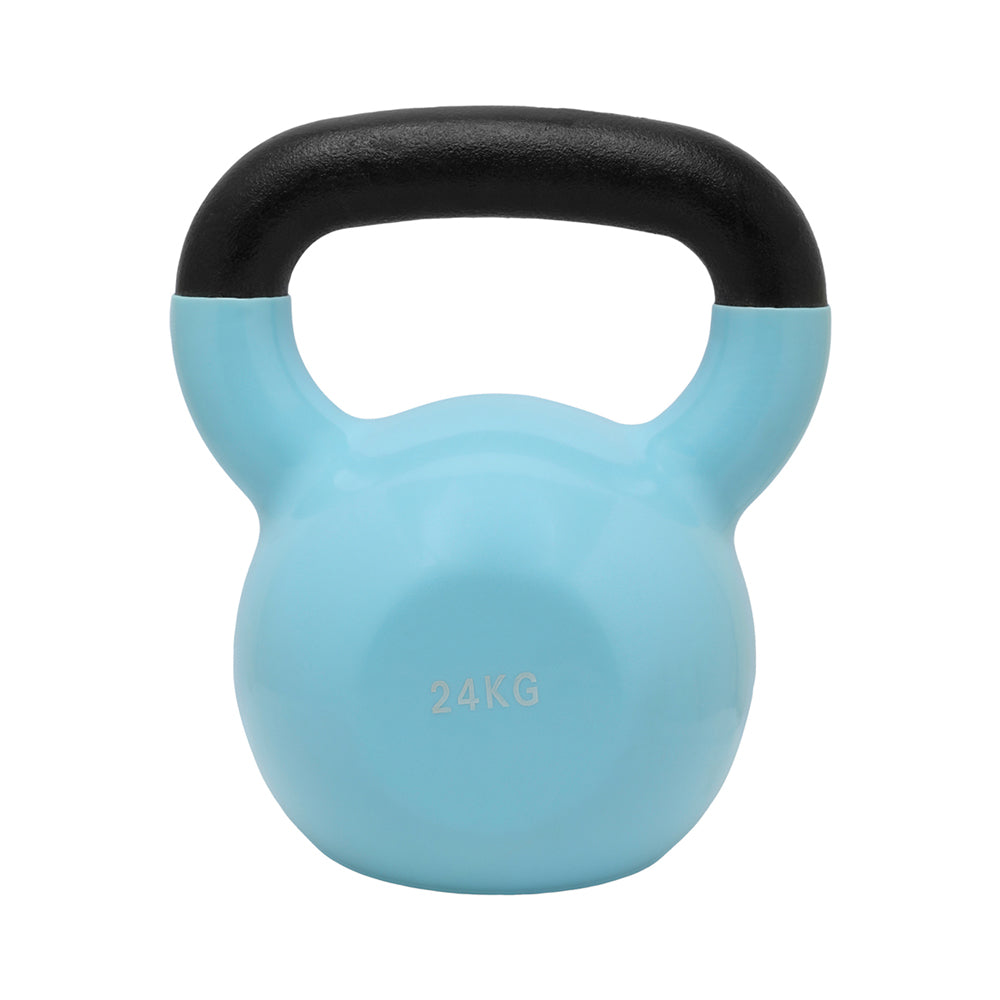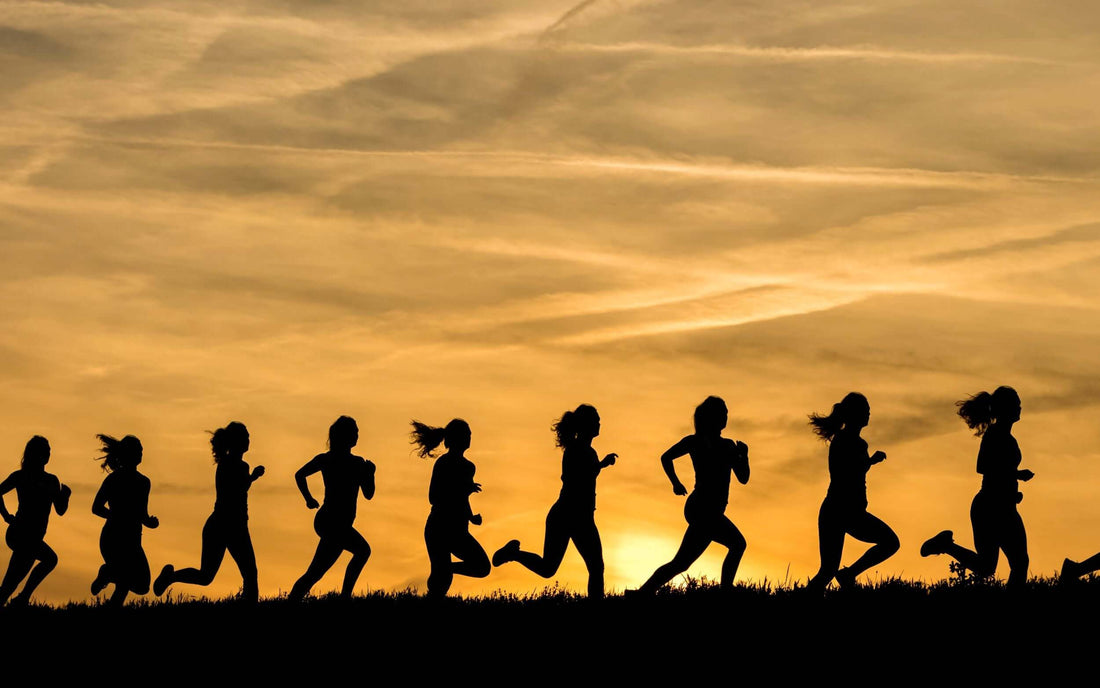Exercise is a fundamental aspect of your lifestyle that enhances your overall health and wellness. But as important as it is, you should engage in a safe and effective routine to maximize the benefits.
The process of exercise breaks down into three distinct phases: Warmup, Training and Cool Down.
In this blog, we’ll talk in detail about these phases shedding light on how each phase prepares your body for physical activity, enabling you to perform at your best and reduce the risk of post-exercise discomfort or injury. We’ll be shedding light on how each phase contributes to your overall well-being and physical prowess.
WARM-UP
So before starting any low-intensity or high-intensity workout, putting in a few stretches first might be better.
It’s understandable from the name itself, that a warmup is to warm up or prepare your body before any core activity. However, most people don’t feel the need for this pre-exercise activity to save time, and after all the main workout is what counts.
Warm-up is a critical step if you get to know its importance. It’s to prepare the body’s internal systems for any strenuous activity. To get your cardiovascular system up and pumping, raise your blood pressure, increase blood flow to muscles, and increase its temperature. Increased muscle temperature leads to efficient creatine phosphate and oxygen use to produce energy as well as the ability to generate a force faster.
Think of window hinges that just need a little bit of oiling to work smoothly. Your muscles, joints, and tendons need exactly that bit of oiling through a warmup to maximize your exercise benefits.
One another advantage of a warmup is it prevents injuries as it improves neuromuscular control and balance. It mainly revolves around the coordination of movement. Because most injuries involve the lower extremities of the body, warm-ups focus on improving that region's neuromuscular control as well as muscle elasticity for injury prevention.
Common warm-up activities
- Walking
- Jogging
- Arm swings
- Lunges
- Squats
- Planks
- Pushups
- Stretches
TRAINING/EXERCISE
The central part of your workout. It can also be called the training phase where in you engage in specific exercises or activities to achieve your fitness goals. Regular physical activity is increasing in significance with how much our life has become nothing more but a sitting-on-a-chair-for-12-hours sedentary lifestyle as almost all our jobs and businesses are required to be operated through a computer or mobile phone. But it’s never too late to start. There are almost a gazillion ways to incorporate a few minutes of physical exercise whilst you are sitting, standing, or even lying on your bed, irrespective of your age; it's just a matter of your willingness. You don’t even need to go to the gym, you can just create your own home gym easily nowadays.
Regular exercise has also been found in studies to protect against a variety of chronic illnesses, excessive weight gain, and obesity. Regular exercise is perhaps one of the best ways to improve your health and increase your longevity.
Now undoubtedly exercise is the all-rounder therapy for your well-being, what should also be considered is the types of exercise. Here are the common types:
- Cardiovascular exercise: Better known as cardio or aerobic exercise, this type includes any type of physical activity that increases your heart rate and uses large muscle groups for a prolonged period to improve cardiovascular fitness. This can be considered an endurance exercise in which you technically need to exercise more. Cycling, dancing, hiking, swimming, and digging can all be considered cardio.
- Strength Training: Also known as resistance training increases muscle strength. Strengthening your muscles not only makes you stronger, but also promotes bone growth, decreases blood sugar, aids in weight control, improves balance and posture, and reduces stress and pain in the lower back and joints. To ensure that you are working or training the muscle group successfully, you should feel some muscle fatigue at the end of the exercise.
- Flexibility: It defines the range of motion of your joints and mobility of your muscles. To be flexible, you need to do stretching such as yoga or Pilates. Stretching is often associated with improving athletic performance, but it also helps with daily life by easing muscle tension and lowering the chance of injury.
- Stability: Exercise for stability and balance is especially important for older people to reduce their risk of falling. They can include standing on one leg, using stability balls, or practicing yoga poses that challenge equilibrium. Enhancing balance is crucial for maintaining independence and reducing injury risk.
It's important to incorporate a variety of these exercise types into your fitness routine to achieve a well-rounded approach to health and fitness.
COOL-DOWN
It’s a common occurrence to just warm up, work out, and get going from the gym. Many people dismiss the cool-down step, however, it's just as vital as the warm-up. Warming up involves preparing the body for strenuous activity while cooling down promotes recovery and brings your body state back to the pre-exercise state, relaxing your heart rate and muscles.
Have you ever had muscle soreness after starting your exercise regimen after 24 to 48 hours? This is called delayed onset muscle soreness (DOMS). It occurs due to microtears within your muscle leading to swelling of muscle tissues along with the production of waste products like lactic acid that can also cause swelling and pain.
Cooldowns such as light jogging, walking, and some light stretches can help with that soreness by increasing blood circulation and contributing to the removal of wastes within the muscles.
CONCLUSION
When you attend a performance, your focus is usually on the main event, and it's easy to forget the weeks of preparation that are necessary for its success. Similarly, exercise involves what happens before and after the main action, which is critical for preparing your body for more severe physical endeavors.
Neglecting these parts of exercise might have serious consequences for your body's health. It is critical not to underestimate the complexities of exercise, as failing to do so can put your body in jeopardy.

